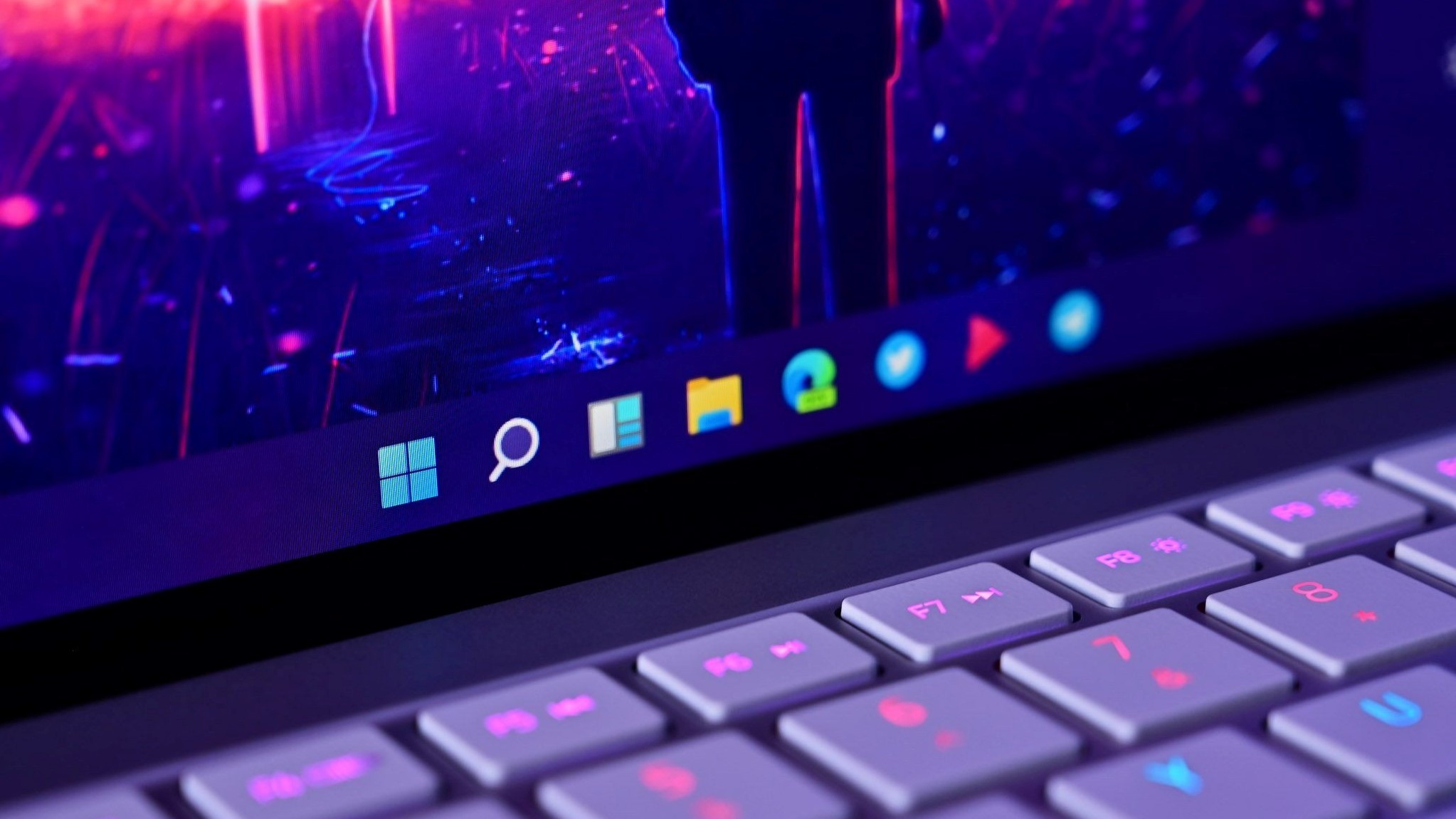
The next version of Windows 11 is coming soon, and we already know what to expect regarding new features and changes coming in this release known as the 2024 Update or version 24H2. The focus for this next update is on platform improvements and general quality-of-life updates, and less on big new surface-level features (unless you have a Copilot+ PC.)
There's quite a lot coming in this next release, and you can read all about it in our in-depth Windows 11 2024 Update rundown. However, we wanted to streamline that list down to just five of the most notable new features coming with version 24H2 later this year, based on my own usage of the update so far.
So, let's get into it!
File Explorer and Context Menu updates
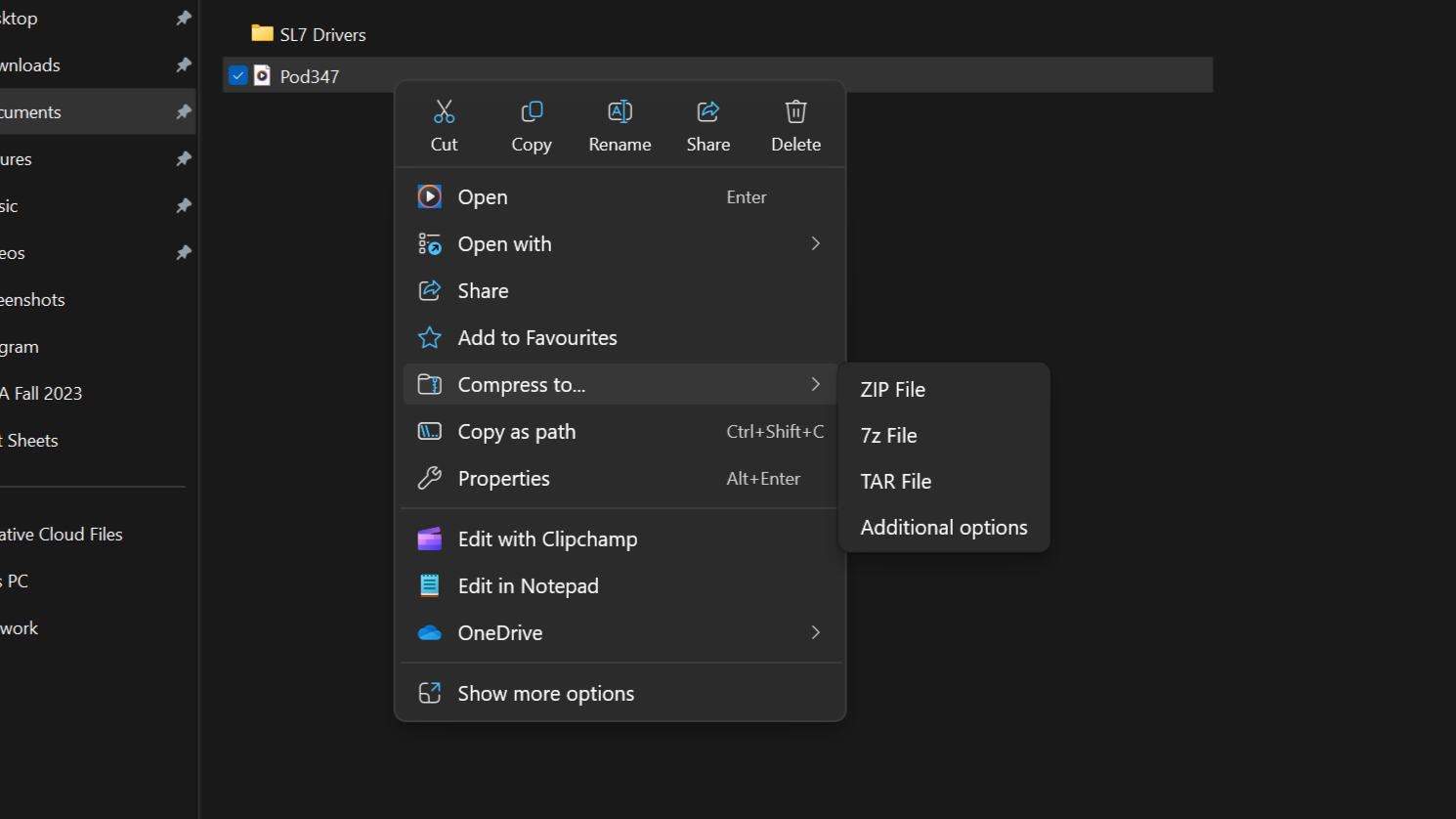
When Windows 11 first debuted, it introduced a new modern context menu that streamlined and simplified the layout and options present. It looked great, but it was a functional regression compared to previous versions of Windows. The biggest offender was the fact that common actions such as copy, paste, and cut had been moved into a horizontal row at the bottom of the menu without labels, making it difficult to determine which icon stood for what action.
With version 24H2, Microsoft has revisited this modern context menu and updated it to make it easier to see and access those common actions. Now, copy, cut, and paste will appear at the very top of the context menu and will include labels so you can easily tell which button does what. This is much better.
Microsoft has also made some improvements to the File Explorer app itself with version 24H2 as well. Starting with this release, File Explorer now supports the ability to create different archive file types such as .7z and .TAR. It was already able to read and extract those archive types, but up until now it wasn't able to create them.
It's also adding a new shared view in the File Explorer home page, which will group all files that are shared between you and other people, whether that be colleagues or friends and family. This view will show recent activity within those files, as well as who shared them with you.
Improved performance on ARM PCs
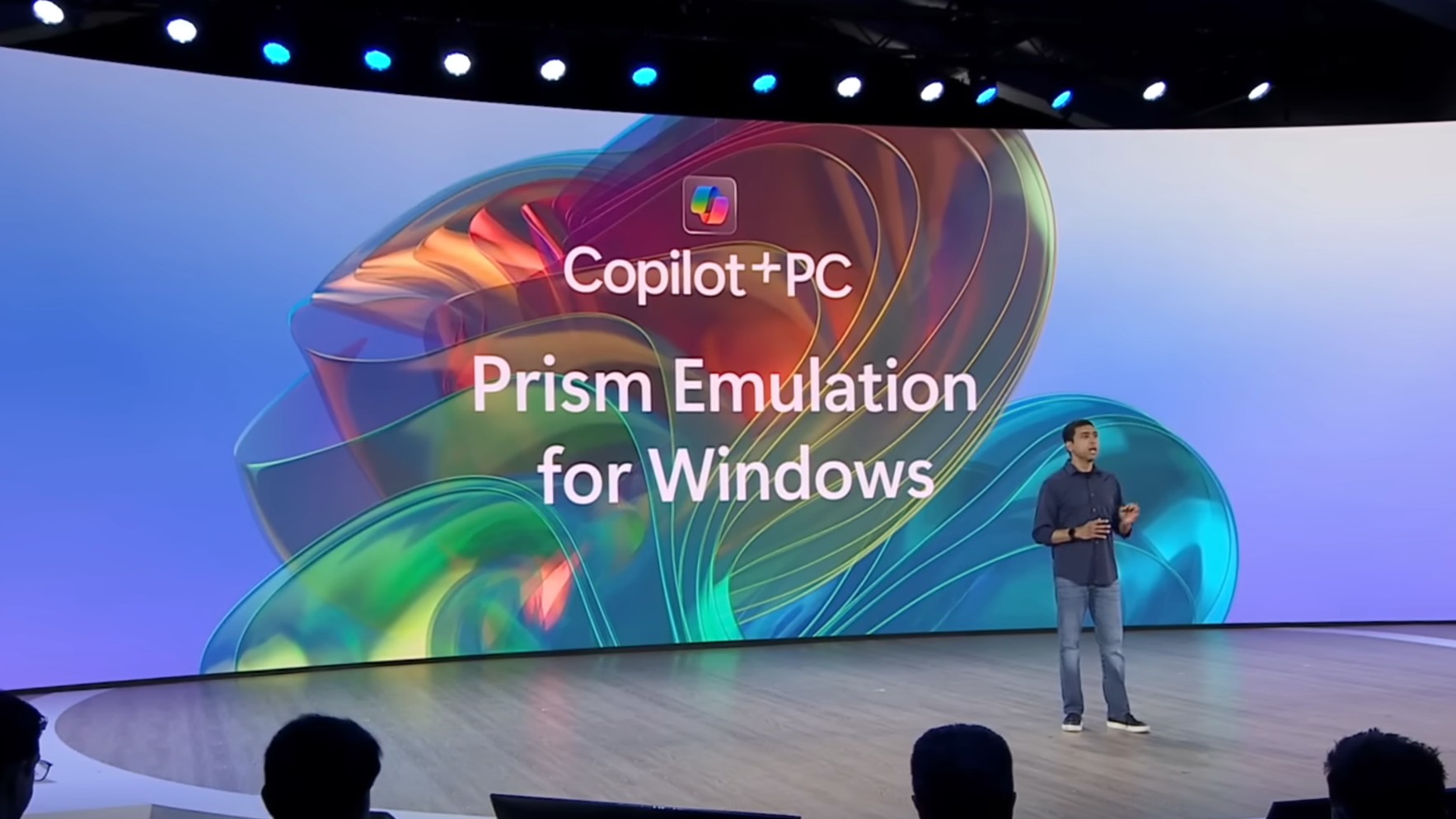
For those of you using Windows 11 on an Arm-powered device, Microsoft says the OS has been rearchitected from the ground up for Arm-based processors. This brings with it better overall system performance and a new x86 app emulation later called PRISM on older Windows on Arm devices such as the Surface Pro X and ThinkPad X13s.
This performance benefit will be most notable in emulated apps, which can now run up to 10% faster under the new PRISM emulator compared to previous versions of Windows 11 in some scenarios. This won't be a slam dunk for every app, but you should notice a small improvement here and there once upgraded to version 24H2 on your older Windows on Arm device.
Quick Settings redesign
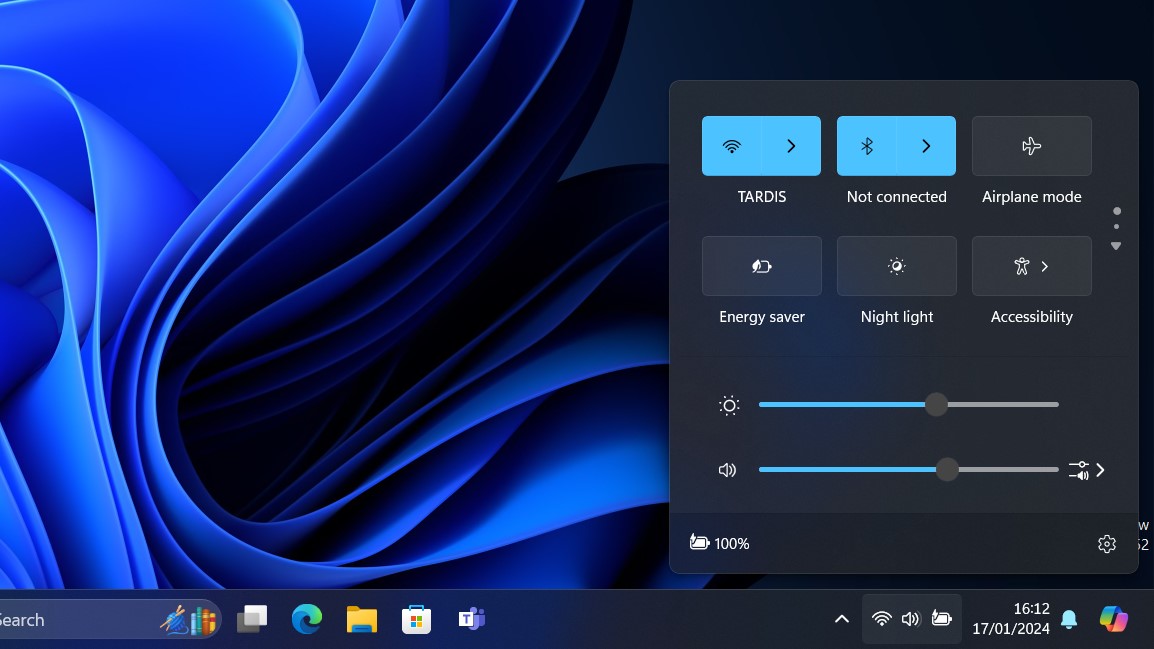
Microsoft has redesigned the Quick Settings flyout on the Taskbar to be easier to customize with version 24H2. Now, all quick actions are available thanks to a new paginated layout that you can scroll through, and you can easily customize the order of each action by dragging on an icon to reposition it.
Live Captions are now present in the Quick Settings panel, which allows you to quickly enable or disable the live captions feature with just a click. The Wi-Fi list has also been updated with a refresh button, and the VPN menu has also been streamlined.
Additionally, Microsoft says the new Quick Settings panel is much faster and more performant, meaning it won't take a second or two to appear when you click the button on the Taskbar to open it anymore.
Voice Clarity for all
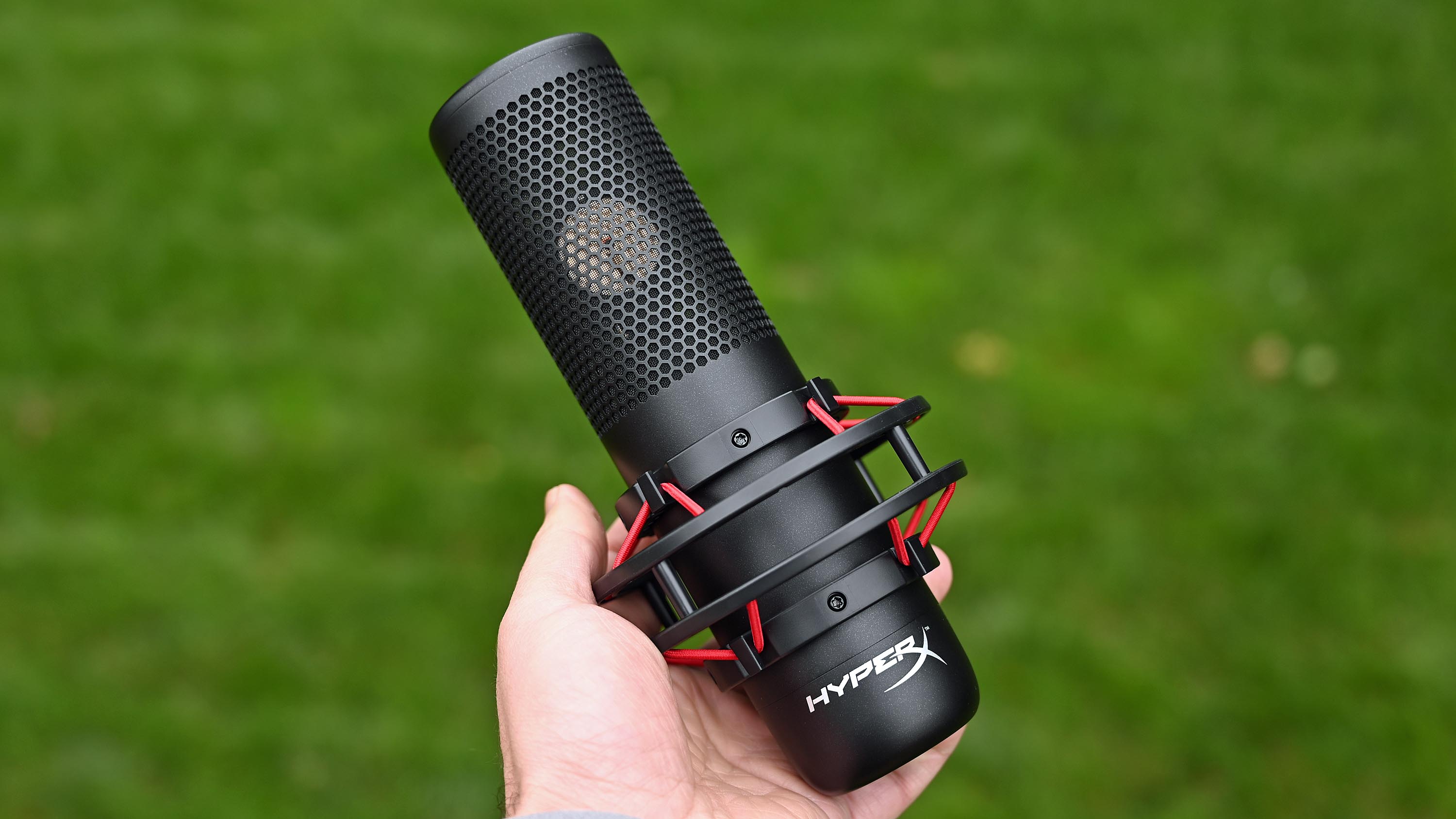
Voice Clarity is an AI-powered microphone enhancement feature that will remove background noise when on a call or recording. It's designed to make it easier to hear your voice in a loud office environment or coffee shop, filtering out background chatter or fan noise, for example.
The feature was previously exclusive to Surface PCs with a dedicated NPU, but will now be rolling out to all Windows 11 PCs without the need for a dedicated NPU chip with version 24H2. It automatically works in any app that uses the Communications Signal Processing Mode.
A new Energy Saver mode
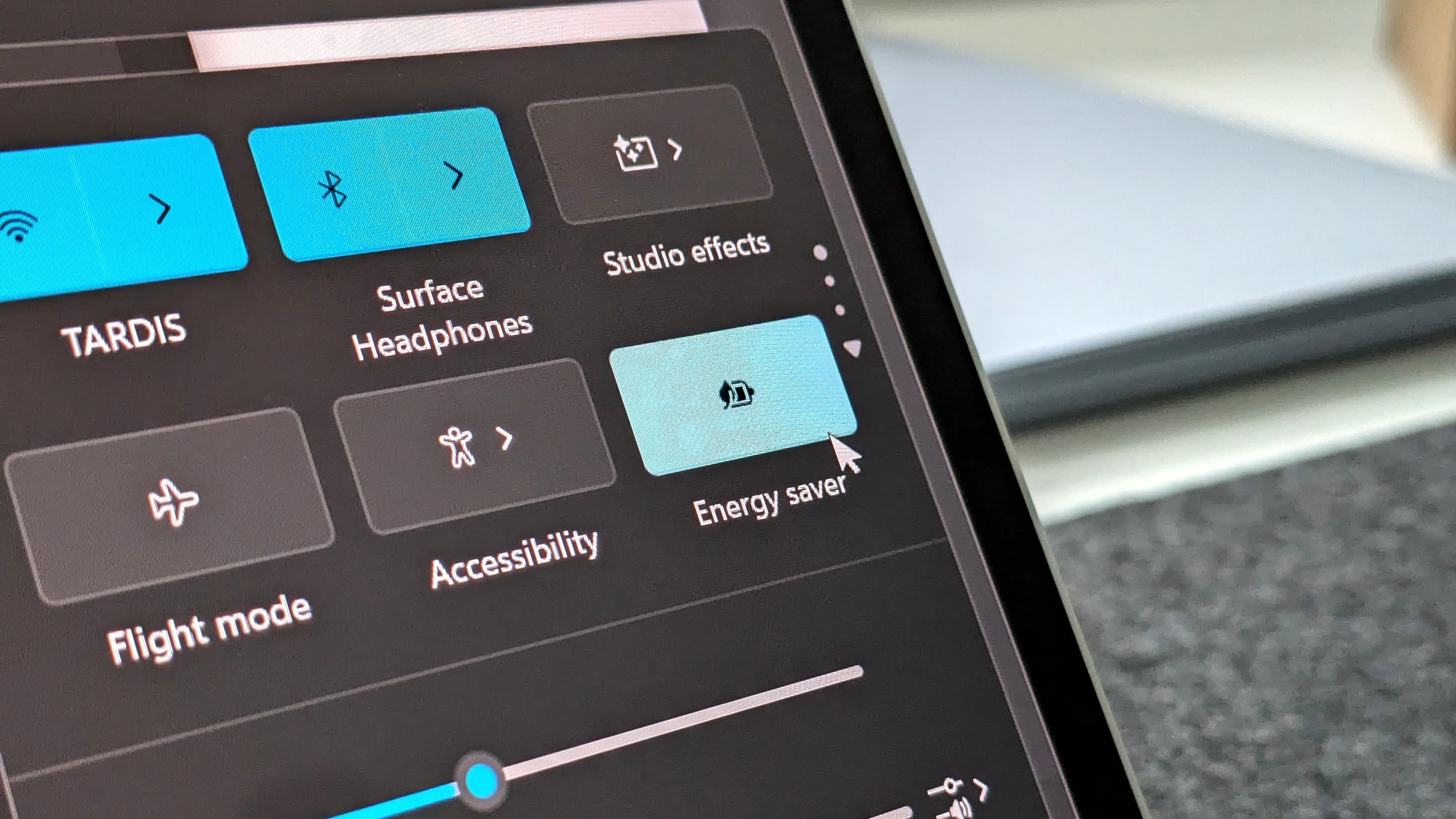
Microsoft has upgraded the battery saver feature in Windows 11, which is now called Energy Saver and applies to both desktop and mobile devices. It can be quickly enabled or disabled via the Quick Settings panel, and set to run automatically once the battery reaches a certain low percentage.
What's different about Energy Saver is that it does more to reduce system performance and services/processes to extend battery life. It also applies to desktop devices and laptops/tablets when plugged in, which is good for people who are conscious about the amount of power they're pulling from the wall.
General polish
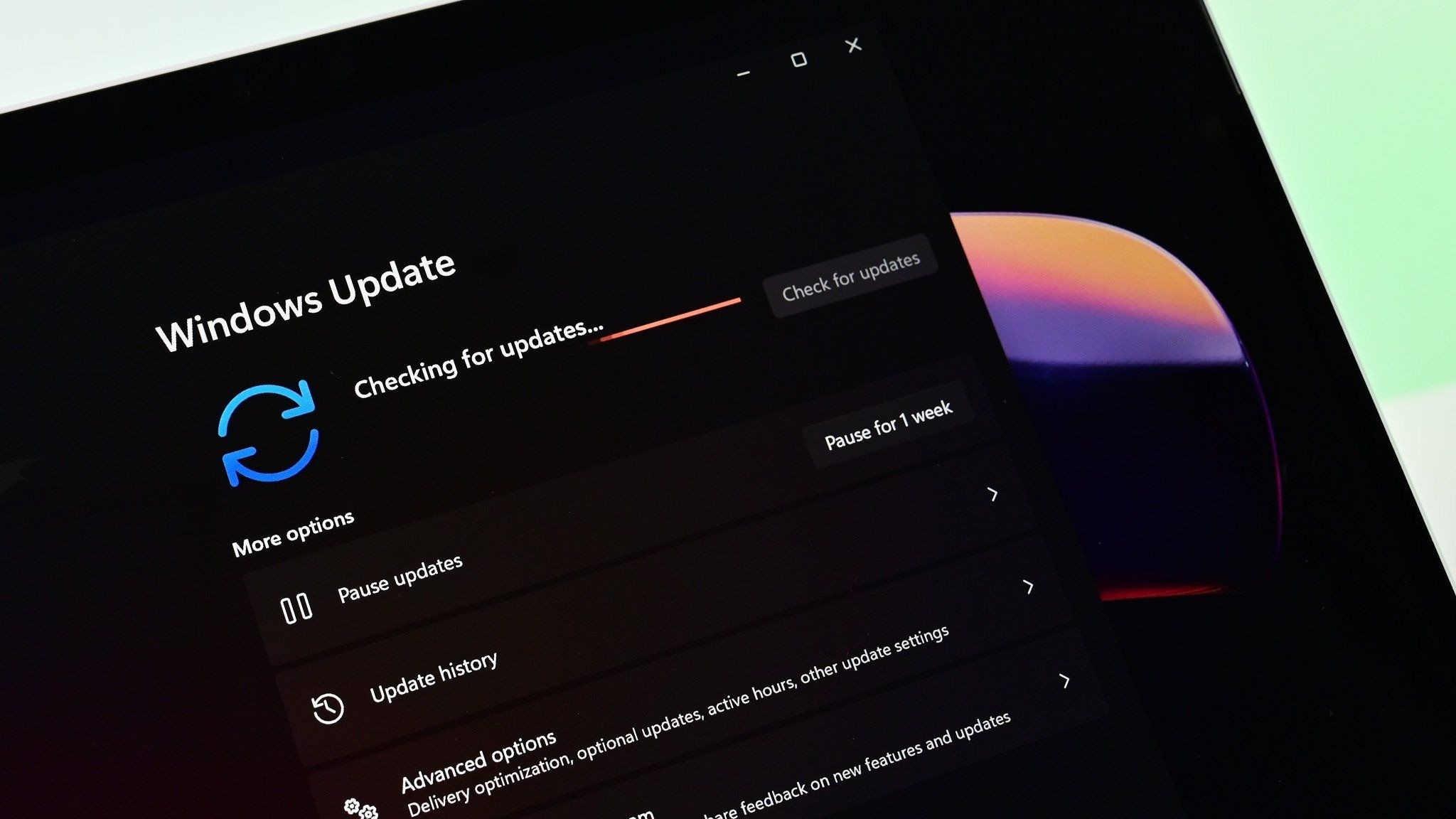
As a bonus sixth improvement, I want to highlight some general OS polish that's noticeably present with this next update. Microsoft has taken some time to focus on the little details in a number of places such as the Taskbar, where the Wi-Fi icon will now animate when it's attempting to connect to a network.
The Windows setup experience (OOBE) has also been updated to include an option to install drivers directly from the Wi-Fi selection screen, which is handy for system builders who are clean installing the OS and need a quick and easy way to enable Wi-Fi.
Microsoft has also taken the time to remove several older in-box apps that the company is no longer supporting. WordPad, Mail, Calendar, Cortana, Maps, and People are no longer installed when updating to this new version, freeing up disk space in the process.
Windows Update is also getting some improvements with version 24H2, including a new hot patching feature that will let Microsoft make critical improvements and fixes to the OS without requiring the user to restart the PC. And, it's introducing checkpoint updates, which will reduce the overall size of monthly cumulative updates.
The 2024 Update is coming soon
Microsoft is yet to announce an official release date for the next version of Windows 11, but my own sources tell me the company is aiming to begin rolling out version 24H2 as an update to existing Windows 11 PCs sometime in September or October, which aligns with previous annual feature updates.







